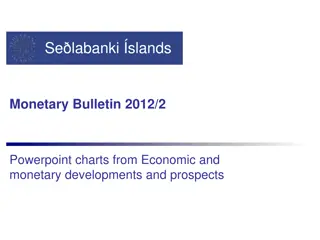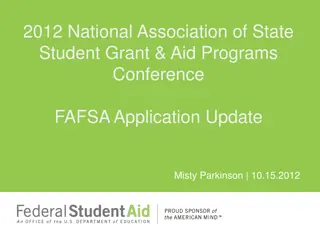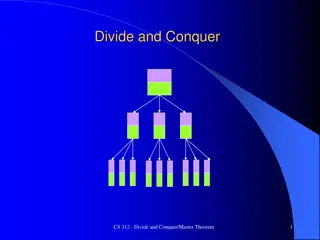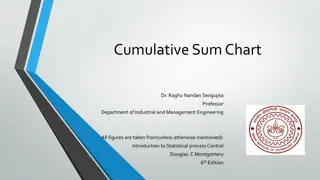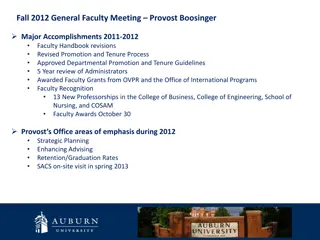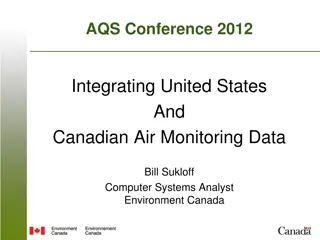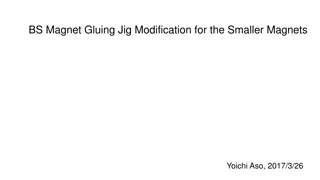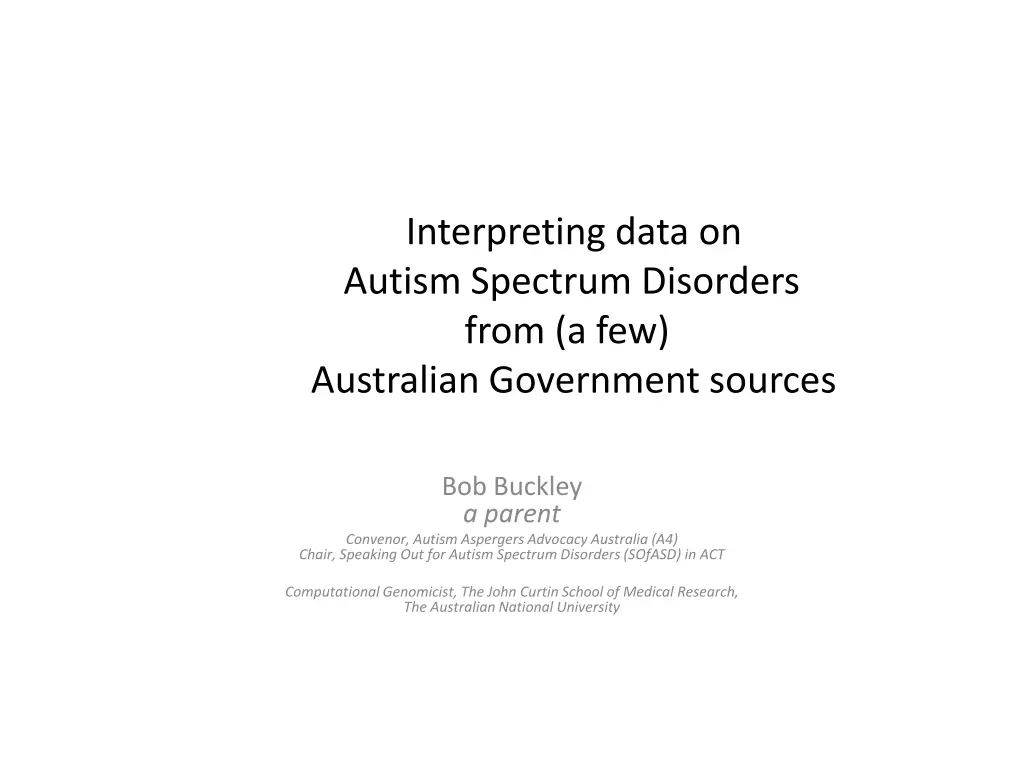
Interpreting Data on Autism Spectrum Disorders in Australia
Explore key findings and prevalence estimates of Autism Spectrum Disorders (ASD) in Australia based on data from various government sources. Learn about the number of individuals seeking funding with a diagnosis of ASD, prevalence rates among different age groups, and the potential total population affected by ASD in Australia.
Download Presentation

Please find below an Image/Link to download the presentation.
The content on the website is provided AS IS for your information and personal use only. It may not be sold, licensed, or shared on other websites without obtaining consent from the author. If you encounter any issues during the download, it is possible that the publisher has removed the file from their server.
You are allowed to download the files provided on this website for personal or commercial use, subject to the condition that they are used lawfully. All files are the property of their respective owners.
The content on the website is provided AS IS for your information and personal use only. It may not be sold, licensed, or shared on other websites without obtaining consent from the author.
E N D
Presentation Transcript
Interpreting data on Autism Spectrum Disorders from (a few) Australian Government sources Bob Buckley a parent Convenor, Autism Aspergers Advocacy Australia (A4) Chair, Speaking Out for Autism Spectrum Disorders (SOfASD) in ACT Computational Genomicist, The John Curtin School of Medical Research, The Australian National University
Sources of autism data Centrelink/FaHCSIA and Carer Allowance (child) FaHCSIA Helping Children with Autism (HCWA) Australian Bureau of Statistics (ABS) Survey of Disability, Ageing and Carers (SDAC) and more
Centrelink/FaHCSIA Carer Allowance (Child) caring for child 0 to 15 years (<16 years) diagnosed by (allied) health professional pays parent $114 per fortnightly & health care card for the child, not means tested population data: includes most does not include everyone. Analysis below includes Autistic Disorder & Asperger s Disorder o this analysis omits Rett s Disorder, Childhood Degenerative Disorder (CDD) o data omits PDD-NOS Basis for AABASD s prevalence report 2007
AABASDs prevalence report (2007) Centrelink can provide the most comprehensive single source of National information about the number of individuals seeking funding with a diagnosis of Autism or Asperger Disorder in Australia. It provides information about the minimum number of individuals living with these diagnoses each year. The report s core finding gives the best indication of the likely number of people with ASD in the Australian population because primary school aged children are the group of children most likely to be recognised as having an ASD. there is an estimated prevalence of autism spectrum disorders across Australia of 62.5 per 10,000 for 6-12 year old children. This means there is one child with an ASD on average in every 160 children in this age group which represents 10,625 children aged between 6 and 12 years with an ASD in Australia.
AABASDs prevalence report (2007) cont. The report s core finding could be extrapolated to suggest that with a prevalence rate of 62.5 per 10,000 there could be as many as 125,000 people with ASD in Australia ... This prevalence estimate should not be extrapolated peak 62.5 per 10,000 was for children aged 6-12 years data from 2005 does not describe other periods does not estimate children in the 6-12 age range who are yet to be diagnosed (may remain undiagnosed, or not apply for Carer Allowance) nor allow for false positives. No PDD-NOS. AABASD revised its estimate to 1% (1 in 100) based on 2009 data and now, we have data for 2012.
Australia: Carer Allowance (Autistic & Asperger s <16 years old) 60 Aut+Asp Thousands Autism 50 Asperger's 40 30 20 10 0
Reason for Increase? Yes, the number of children diagnosed with autism spectrum disorders is increasing alarmingly. No, I do not know why. People lost their careers just by expressing an hypothesis.
Carer Allowance (Child) Prevalence by age group Australia 2.0% 0-4 1.8% 5-9 1.6% 10-14 1.4% 15 prevalence 1.2% 1.0% 0.8% 0.6% 0.4% 0.2% 0.0% 2004 2005 2006 2007 2008 2009 2010 2011 2012 Year
State breakdown 2.50% 2006 2.00% 0-4 1.50% 5-9 1.00% 10-14 15 0.50% 0.00% Aus ACT NSW NT Qld SA Tas Vic WA 2.50% 2012 2.00% 0-4 1.50% 5-9 1.00% 10-14 ? 15 0.50% 0.00% Aus ACT NSW NT Qld SA Tas Vic WA
Helping Children with Autism (HCWA) Provides $12,000 for early intervention over 2 years Children diagnosed under 7 years of age, by paediatrician, child psychiatrist or pre-existing multi-disciplinary team This is population data: includes most but does not include everyone (low numbers for children diagnosed at age 6 years). Includes all (5) diagnoses in PDD
HCWA aged 0-6 years Started in October 2008, numbers at 1st July so 2009 count is for the first 9 months 18 Thousands Australia - HCWA 16 14 12 10 8 6 4 2 - 2009 2010 2011 2012
Helping Children with Autism Very low Asperger s Disorder under age 7 years, there are more PDD-NOS in this age range CDD & Rett sDisorder remain rare Big jump in Asperger s and PDD-NOS from 2011 to 2012?
Australian Bureau of Statistics (ABS) Survey of Disability, Ageing and Carers (SDAC) 2009 survey: 63,500 households (self-reporting when possible); 9,500 establishments (information from staff) Surveys all disabilities Data collected in 1998, 2003 and 2009 Data used widely, e.g. in modeling for NDIS, burden of disease and injury, Autism/ASD is not a category in standard SDAC reporting Specific report on autism from 2009 data (1998 and 2003 autism data in 2004 proceedings)
ABS SDAC 1998-2009 25 Thousands 1998 20 2003 2009 15 10 5 0 0-4 5-9 10-14 15-19 20-24 25-29 30-34 35+
SDAC autism report More than counting numbers Severe and profound disability o 2003: 87% with severe or profound disability o 2009: 74% with severe or profound disability So some increase is milder cases (13%), but most growth is people with severe & profound disability Abysmal outcomes for PwASD in education, labour force participation, disability services, check it out http://www.abs.gov.au/ausstats/abs@.nsf/mf/4
Compare 2009 data 20 Thousands ABS SDAC (estimate) Carer Allowance 15 HCWA 10 5 0 0-4 years 5-9 years 10-14 years 15-19 years 20-24 years 25-29 years
conclusions Autism prevalence estimates vary by age and time: we cannot o assume uniform prevalence o say with a prevalence rate of 62.5 per 10,000 there could be as many as 125,000 people with ASD in Australia ... substantial growth in PwASD registering for services ASD growth is mostly people with severe or profound disability (from measures of disability generally ) ABS reports abysmal outcomes for PwASD: Australia must do better for PwASD different sources tell a remarkably consistent story
Acknowledgements ABS for providing unpublished data on autism FaHCSIA A4 Management Group SOfASD in the ACT AABASD Directors Colleagues at JCSMR ANU
Thank you for your interest







